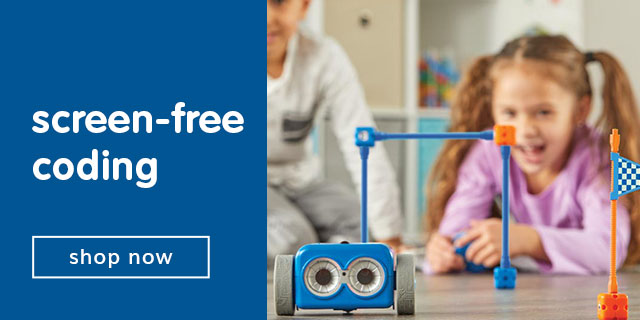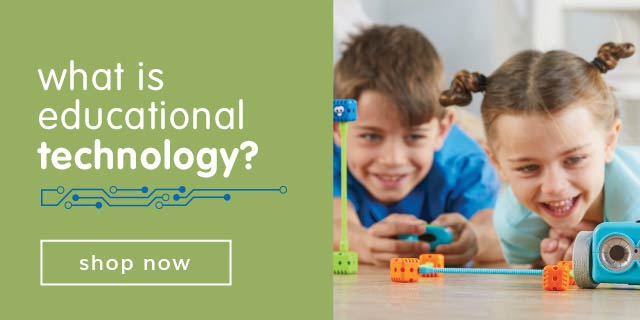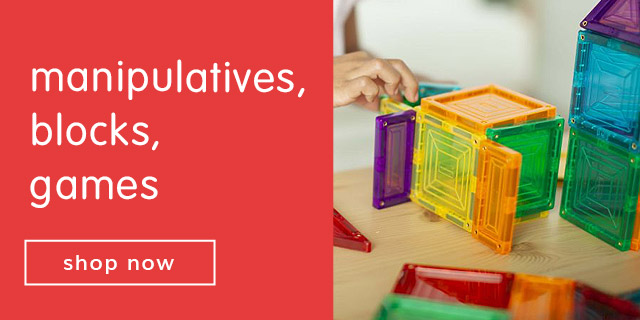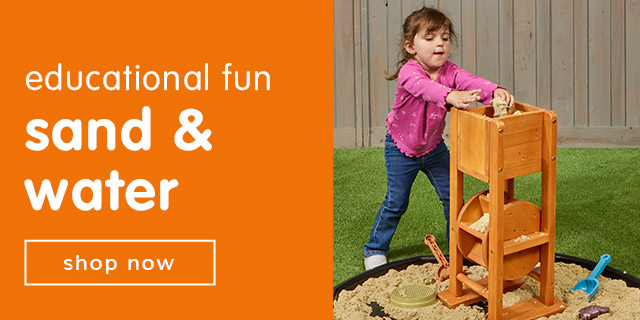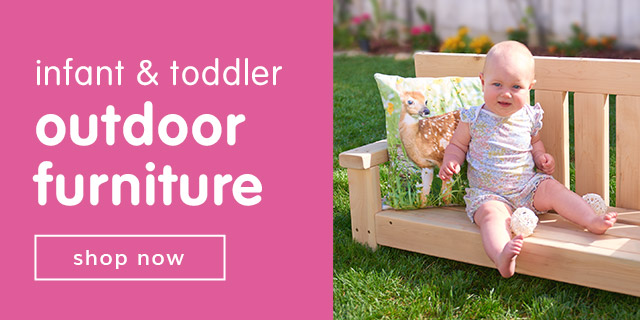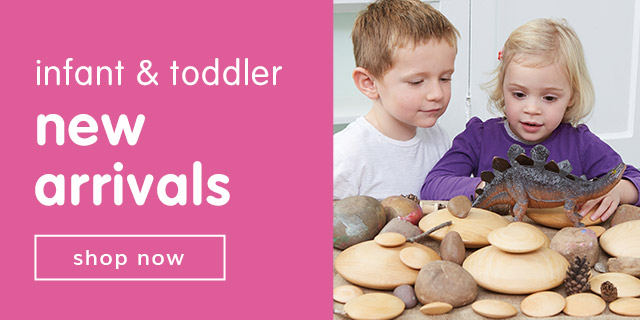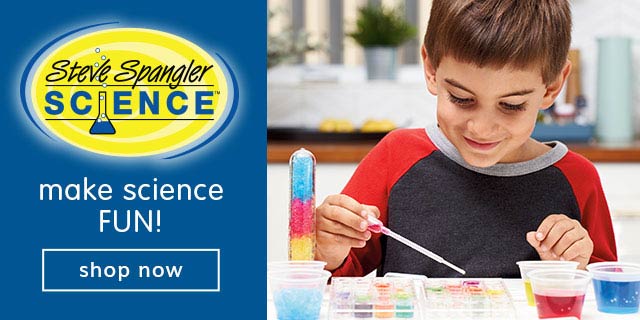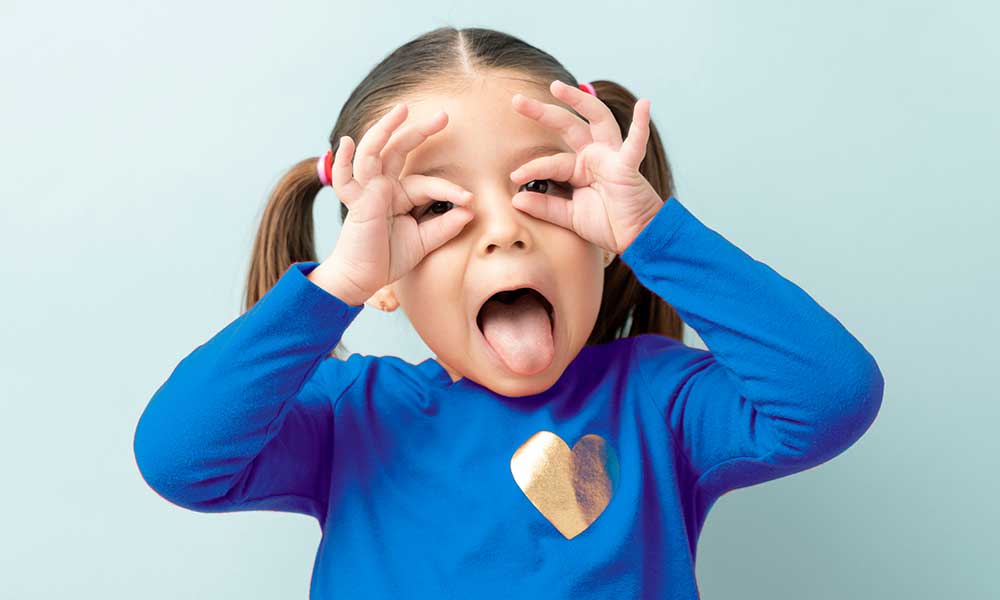
Menu
- Home
- Teacher's Blog - Connecting Children to Their Cultures and Communities
teacher's blog informative insights by leading educators
teacher's blog
informative insights by leading educators
informative insights by leading educators
- Home
- Teacher's Blog - Connecting Children to Their Cultures and Communities
Menu
featured articles
How Do I Boost My Child's Self-Esteem? Tips for Teaching Children Self-Regulationprevious articles
Reclaiming Routine At Home Think Kindness Teaching Healthy Food Habits with Edible Gardens 4 Back to School Must Haves for Your Preschool Classroom Cooking Up Fun in the Mud Kitchen Best Gifts for Infants Toddlers and Preschoolers Finding the Interests of the Struggling Reader Connecting Children to Their Cultures and Communities 10 Tips for Beginning Child Care Providers Preparing the Classroom for Kids with Food Allergies The Paraprofessional in SPED Classrooms Make Color Spray Murals This Spring!
Connecting Children to Their Cultures and Communities
By Francis Wardle, Ph.D.
 Early childhood programs and schools are part of a community. They reflect that community—its people, values, businesses, and resources. When I taught at PACERS school in Kansas City, Missouri, we actively used the community as a learning resource. We often visited Kaleidoscope (Hallmark Cards) to do art projects; our students pretended to drive the tractors, combines, and hay rakes at the Agriculture Hall of Fame; and we participated in historic events and activities at a 1850’s outdoor museum.
Early childhood programs and schools are part of a community. They reflect that community—its people, values, businesses, and resources. When I taught at PACERS school in Kansas City, Missouri, we actively used the community as a learning resource. We often visited Kaleidoscope (Hallmark Cards) to do art projects; our students pretended to drive the tractors, combines, and hay rakes at the Agriculture Hall of Fame; and we participated in historic events and activities at a 1850’s outdoor museum.On a weekly basis we used the Jewish Community Center swimming pool for lessons, went bowling, practiced ice skating at the local rink, and visited the public library (Wardle, 1978). We also used the Kansas City Learning Center (a teacher resource center), visited Loose Park Rose Garden, and enjoyed the Harry Truman Museum in Independence, Missouri.
Another way we used the community was by soliciting a variety of student aides from local colleges and universities. And, on one Thanksgiving, members of a local Native American Nation visited the school, talked to the students about their perspective of Thanksgiving, and then we all sat down and ate the Thanksgiving meal together (Wardle, 1976).
Clearly this active use of community taught our students about the incredible resources available, about respecting and caring for resources like parks and outdoor museums, and the relationship between school, community, and culture.
Connecting Children to Their Cultures and Communities
There are, of course, many ways for early childhood programs to help connect the children they serve with their cultures and communities. These include, providing a program that welcomes and includes everyone, taking children into the community, and using community resources in the program.Everyone Should Feel Welcome and Part of Your Early Childhood Community
Programs can do a variety of things to make each child and family feel welcome. These include using photographs and artwork throughout the entire building that reflect each family, making sure every child and family is reflected in program communication pieces (newsletters, reports, announcements), and assuring that educational materials—such as books in the parent lending library— provide something for everyone. This visibility in the program is particularly important for people who are usually overlooked, such as fathers (Cunningham, 1998/9) and multiracial and multiethnic families (Wardle, 1999).A special bulletin board that addresses the father’s role and provides parenting tips for fathers works well. Programs that respond to families’ unique needs make people feel welcome. When I was a Head Start director I noticed children from Jehovah Witness homes were asked to stay at home when we had any kind of celebration. Clearly these children did not feel connected to our program. So I talked at length with several parents about their culture, invited them to join our policy council (governing board), and made several changes in our approach to celebrations.
We also had an influx of Hmong families in our program, but knew nothing about their culture. So, we invited an expert to provide training to our staff, worked with local Hmong leaders, and expanded our somewhat restricted view of diversity (Wardle, 1991).
Take Children into Their Communities
As already discussed, we should find lots and lots of ways for children to explore the resources in the communities where they live. This can be achieved through field trips, joining festivals and other community activities, and sponsoring specific events for children and families in the community.Include People From the Community in the Program
There are many ways to include people from the community in the program. These include volunteers, parent requirements for involvement in the school (parent cooperatives and some private programs), visiting speakers and presenters, and using practicum students from local colleges. Many programs such as Head Start also hire some of their staff from the local community.Conclusion
There are abundant ways for local early childhood programs to connect children with their communities and cultures. This must be an active, deliberate, and ongoing activity. But, in doing so we must recognize that families we serve come from a variety of cultural backgrounds, that cultures are continually changing, and that children experience overlapping cultures and communities. Thus the program should carefully make sure they never engage in any activity, or support any community cause, that omits or marginalizes any of their children and families.We are in the business of making connections and building community, not in reinforcing divisions and separations.Francis Wardle, Ph.D., is the director for the Center of Biracial Children, the author of the book, Tomorrow’s Children:Meeting the Needs of Multiracial and Multiethnic Children at Home, in Early Childhood Programs, and at School (CBSC), and adjunct professor at the University of Phoenix/Colorado.
References
Cunningham, B. (1998/99). Men in child care. Child Care Information Exchange, Part 1, Sep/Oct; part2, Jan/Feb. Wardle, F. (1976). You’ve come a long way. New Schools Exchange Newsletter, (April). 14-20.
Wardle, F. (1978). PACER Model: Education for democracy. Urbana, IL: ERICClearinghouse in Elementary and Early Childhood Education.
Wardle, F. (1991). Problems with Head Start’s multicultural principles. Manuscript. Denver, Colorado.
Wardle, F. (1999).Tomorrow’s children. Denver, CO: CSBC.

Francis Wardle, Ph.D.
featured articles
One of the greatest gifts you can give a child is a positive self-esteem. Building this takes time and practice. Your help and encouragement can help your child be better prepared for life outside the home, whether that is at school, or in public.
read more
Your child's self-regulation is their ability to control their emotions and responses to outside influences or occurrences. This self-regulation is vitally important for them to be functioning members of society.
read more






